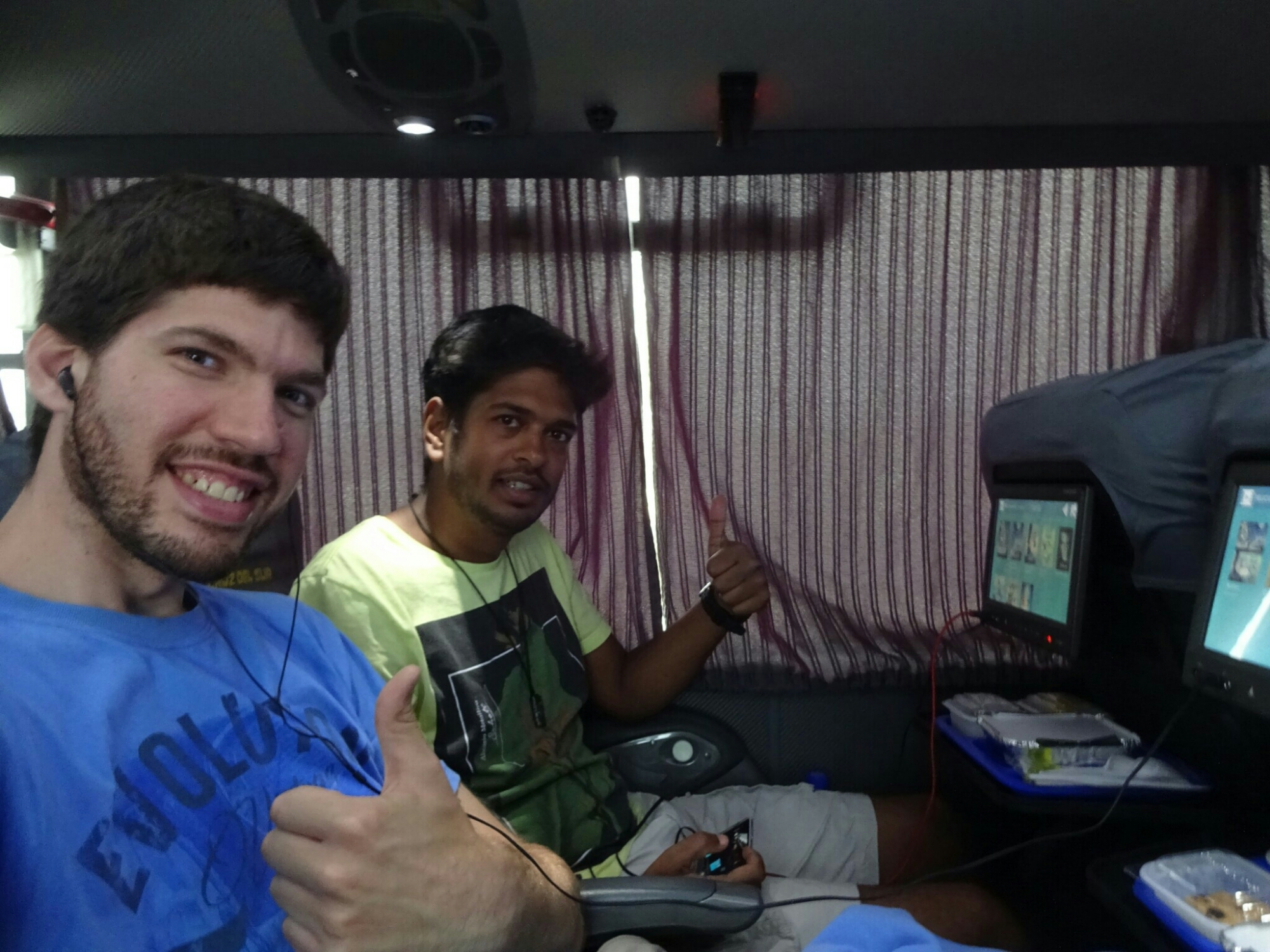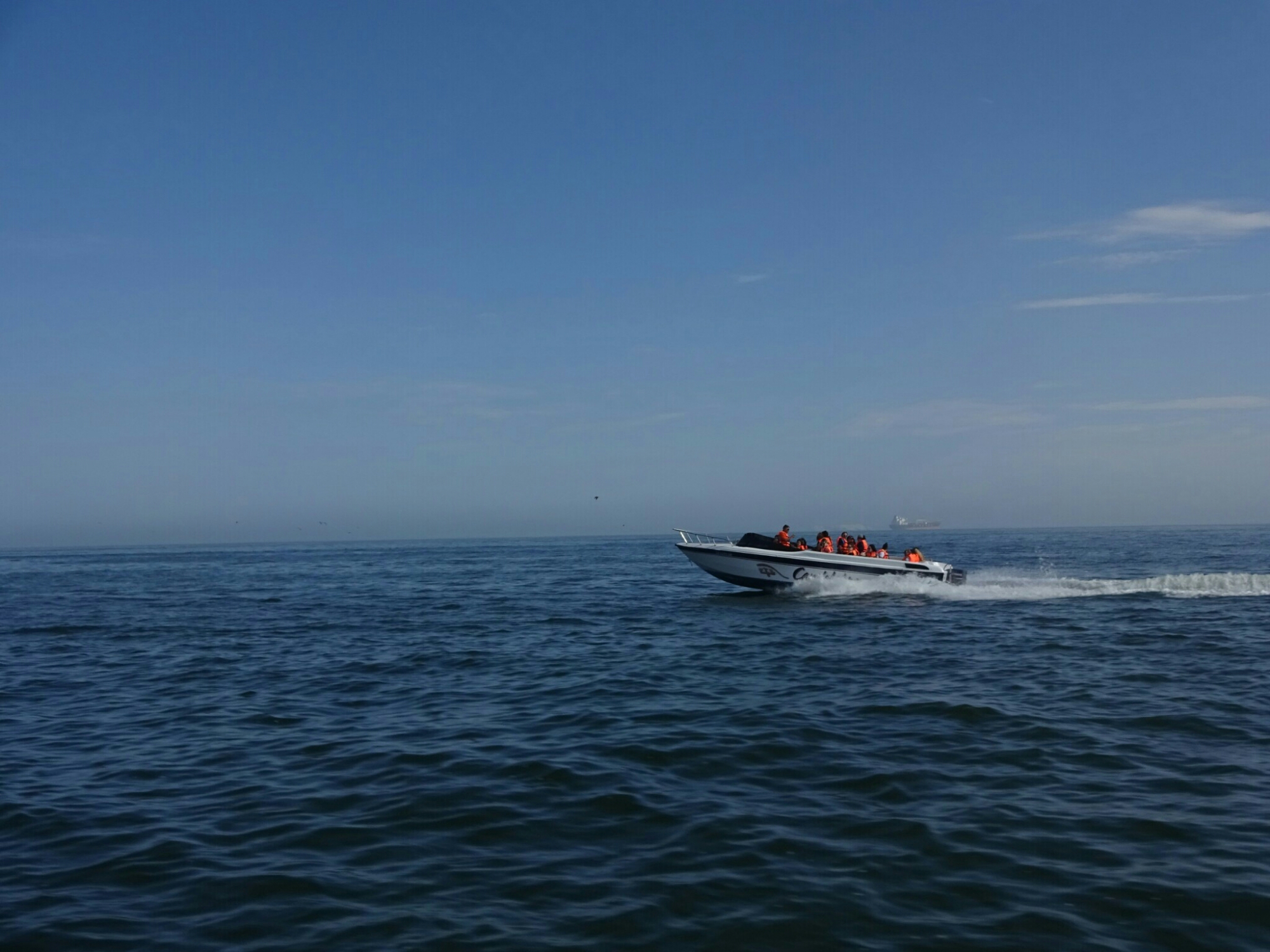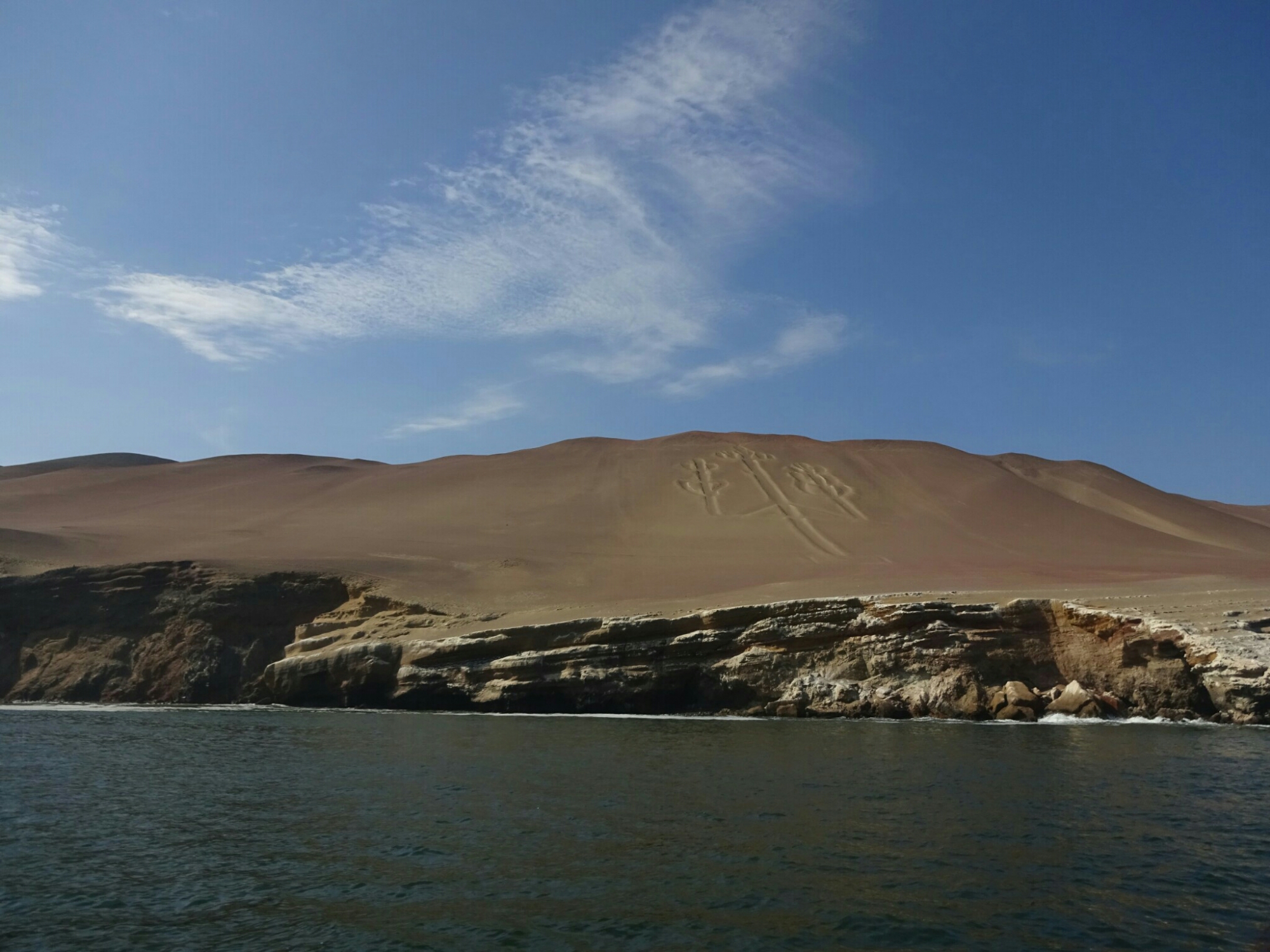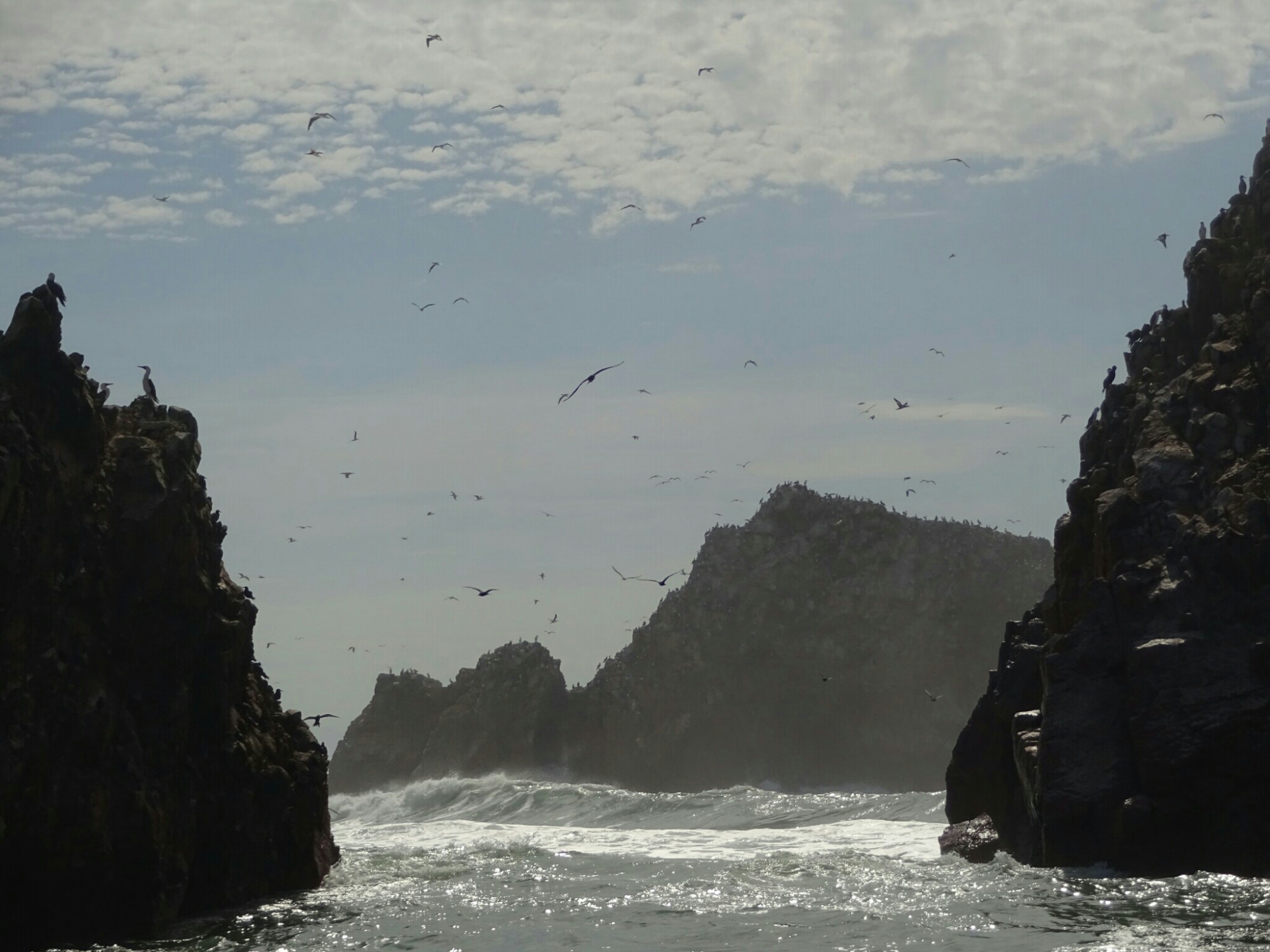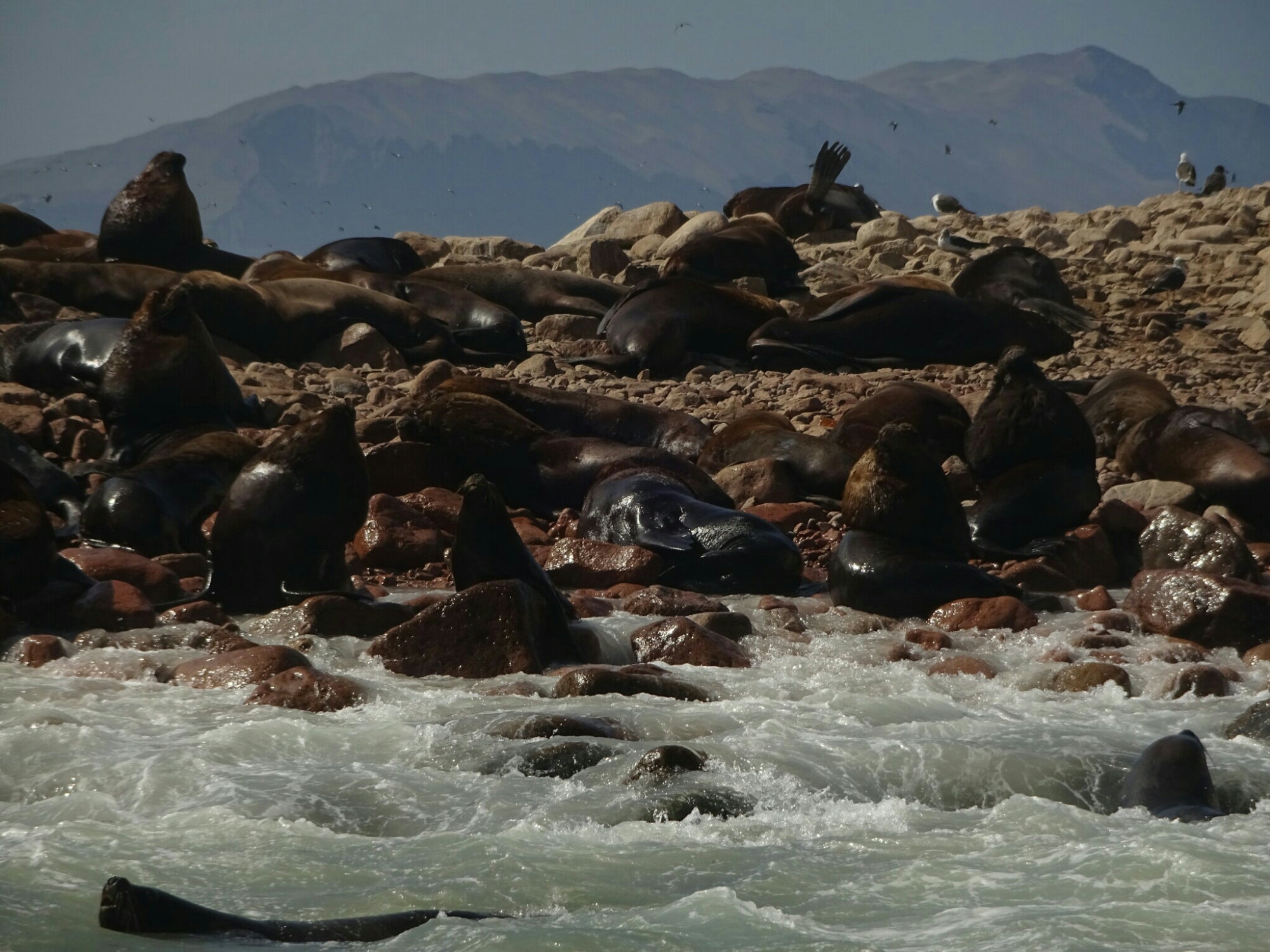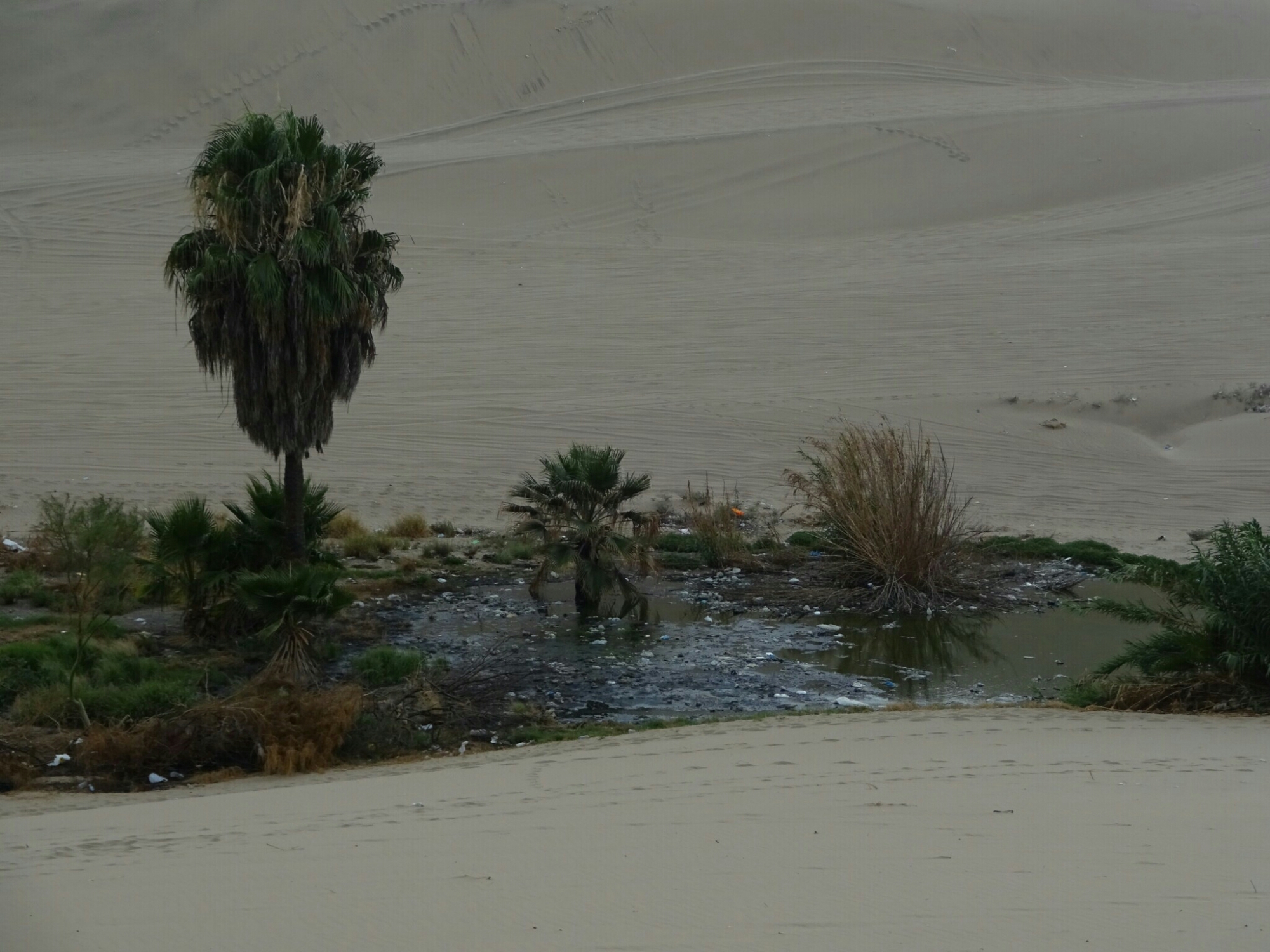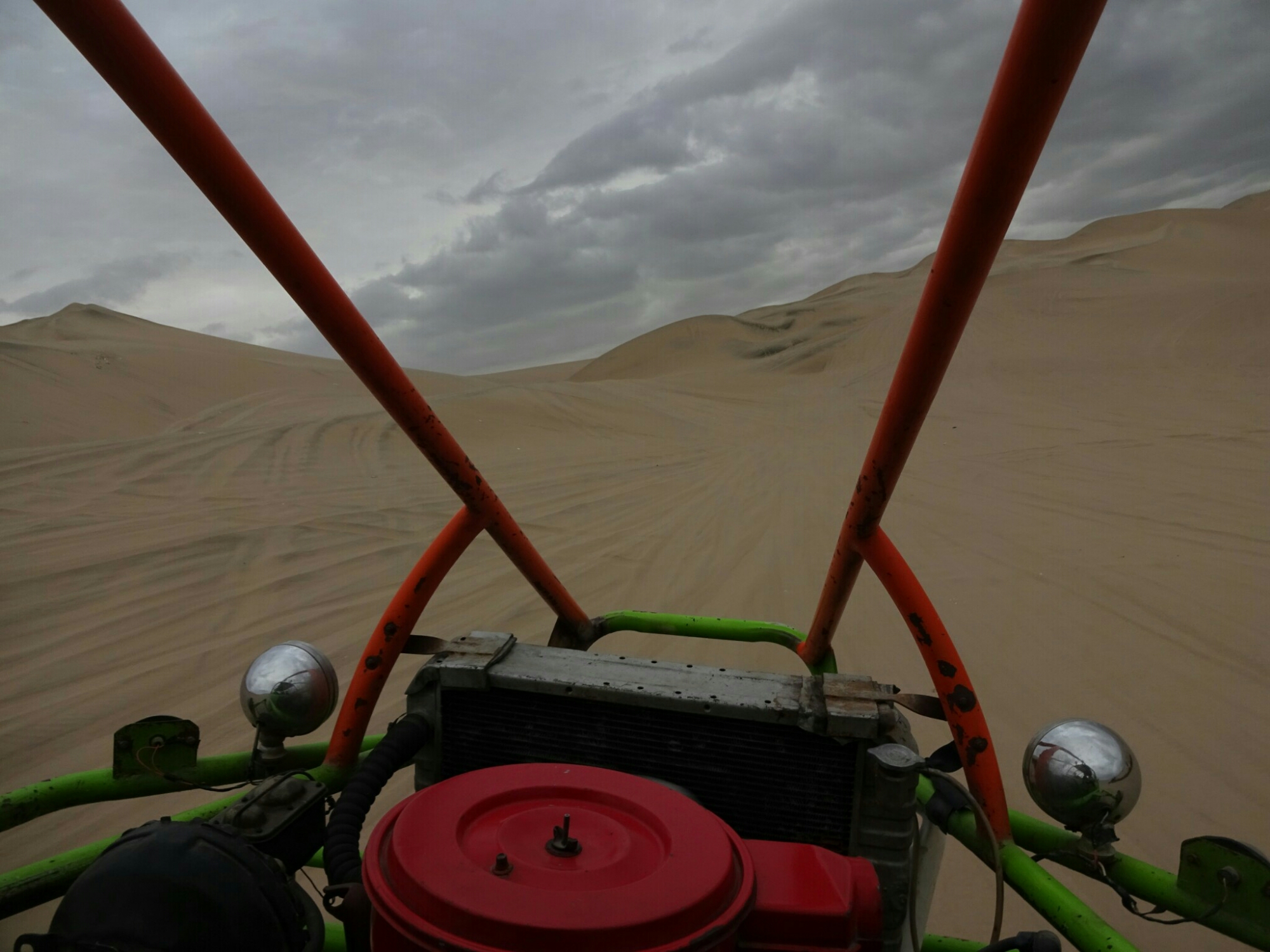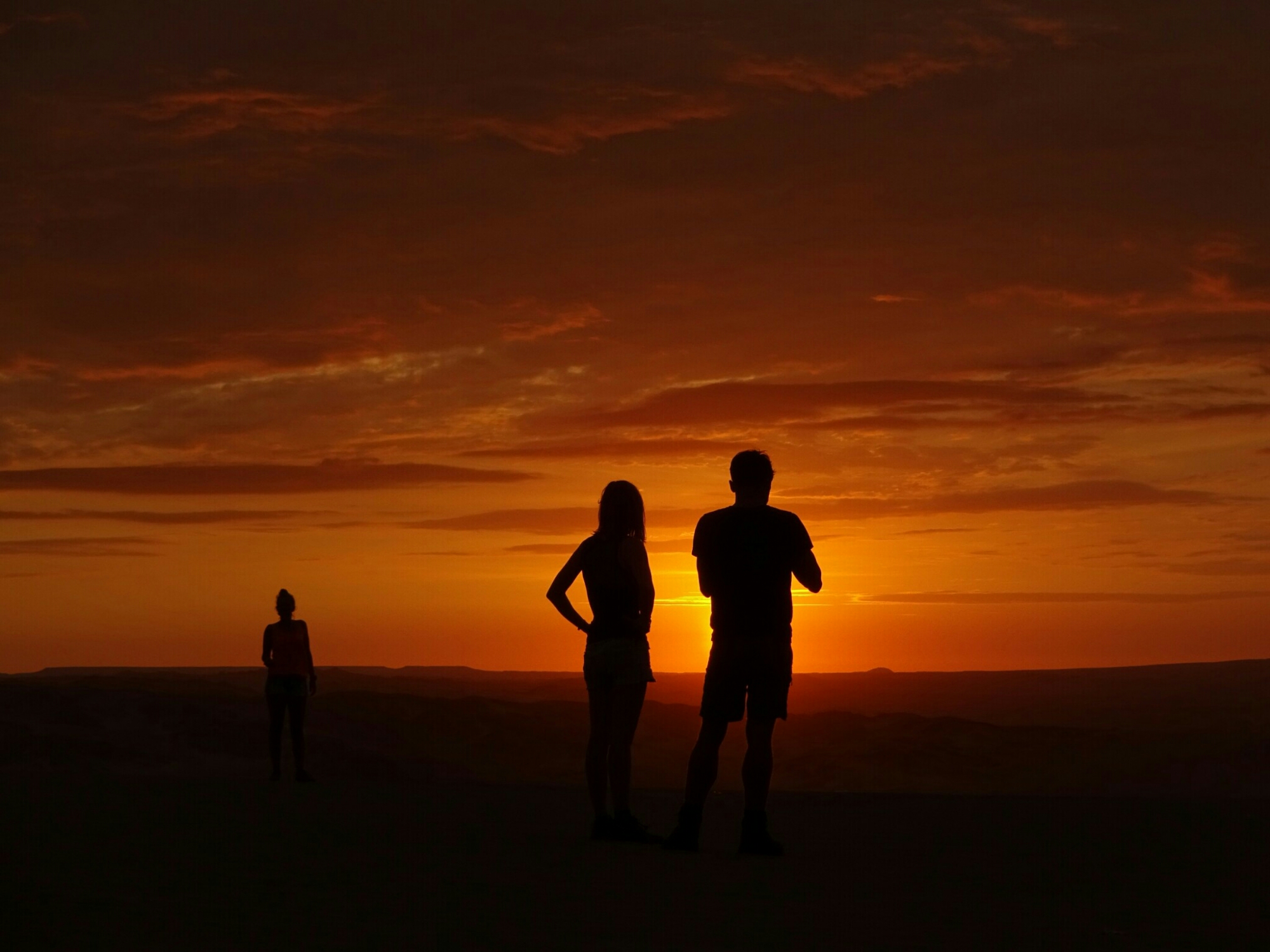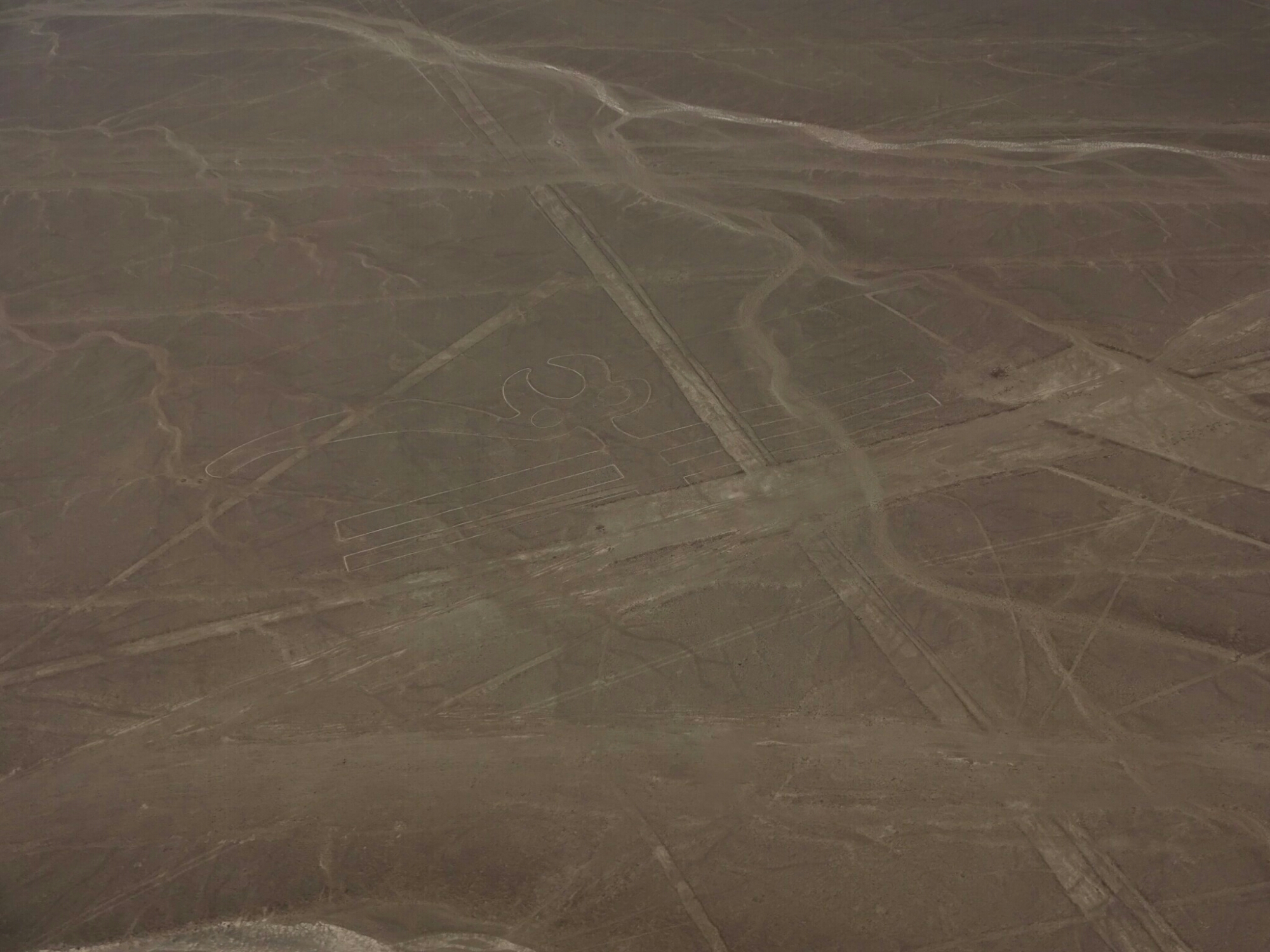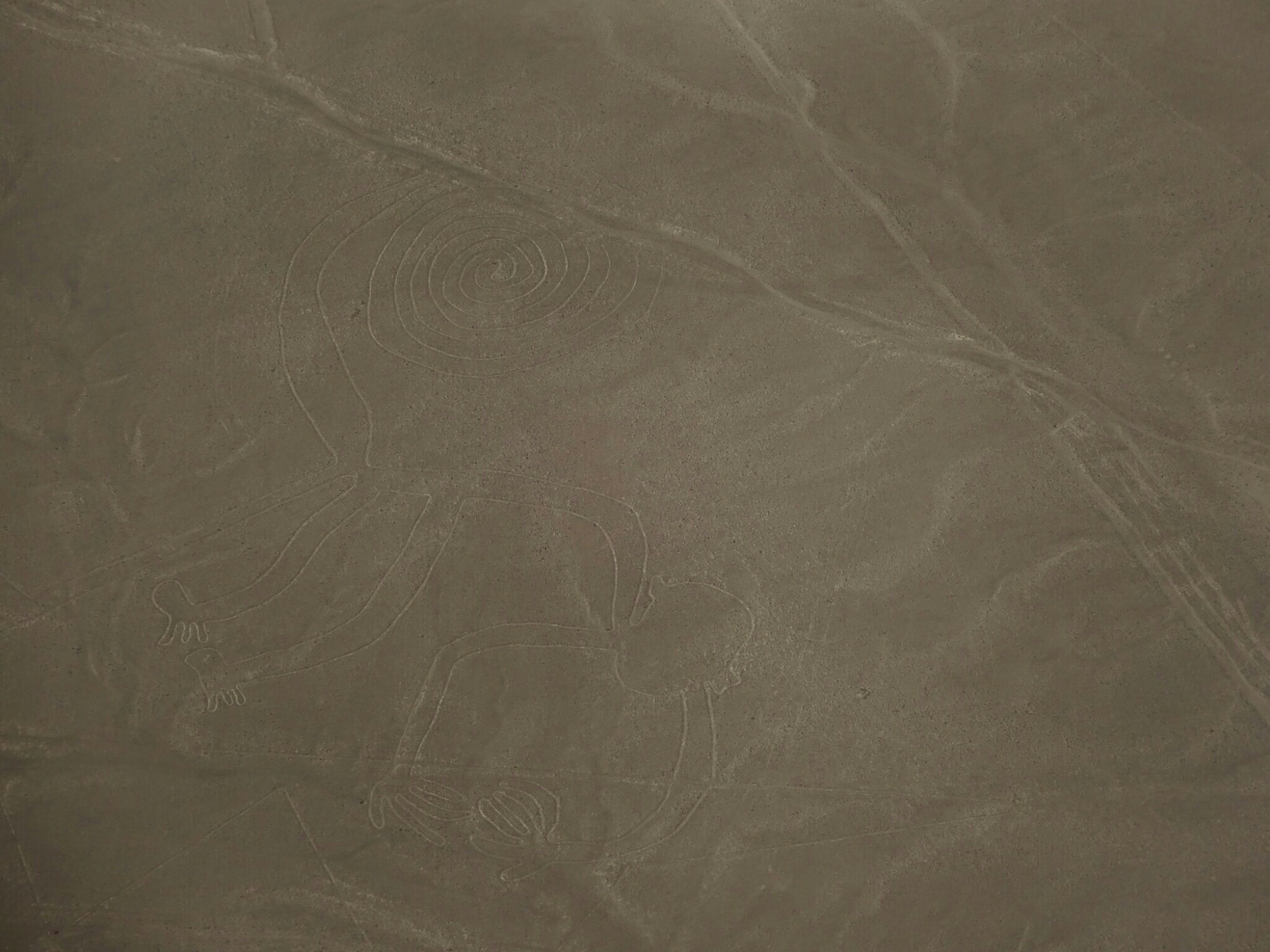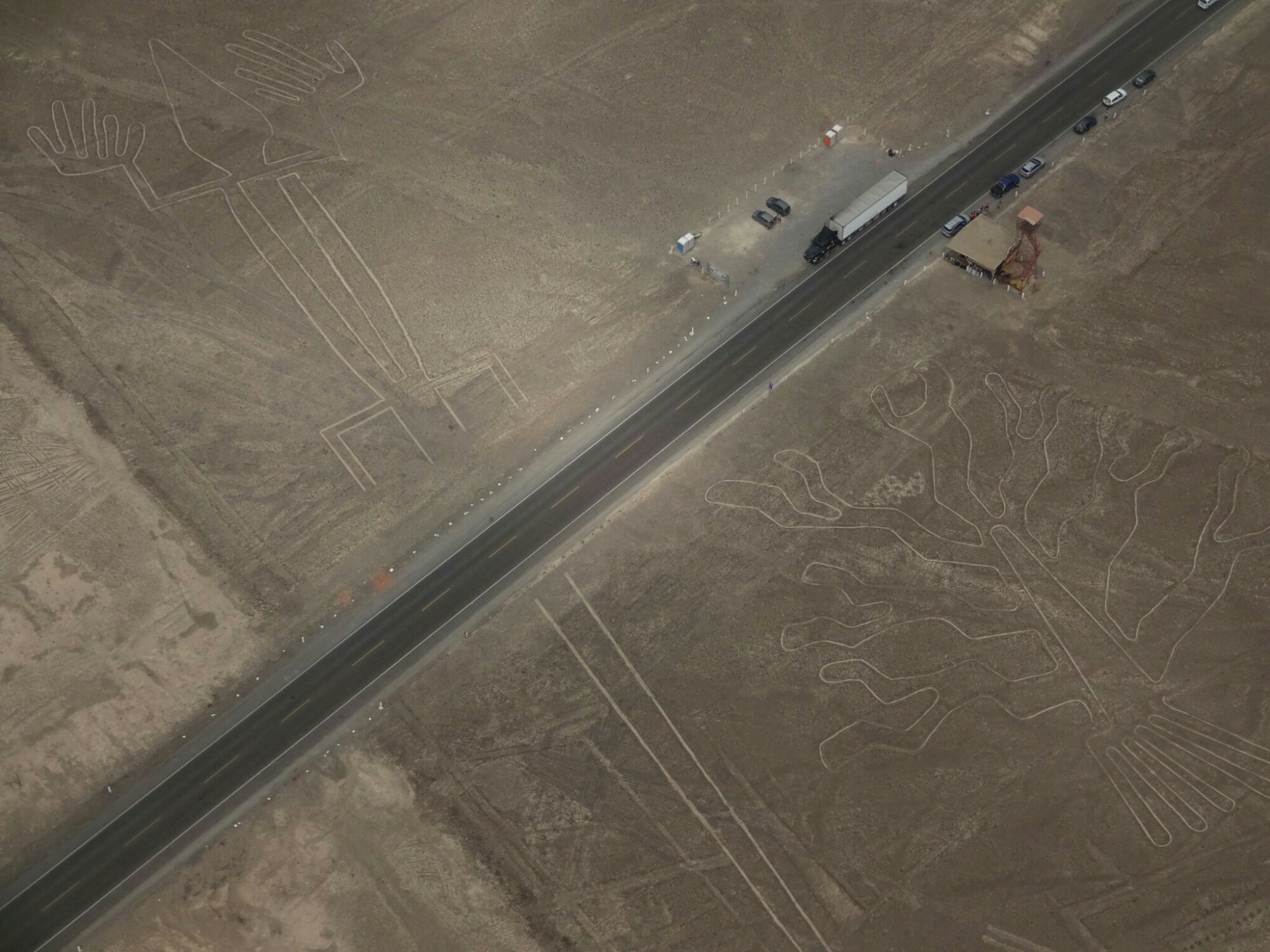Cusco was the capital of the Inca empire, which stretched from southern Colombia all the way to the middle of Chile. It was divided into four different sectors, all of them meeting in Cusco. Therefore, it has been a large and important city for centuries. It was home to thirteen different Inca kings, who built large palaces and temples all over the city.

When the Spanish arrived, they believed that the Inca were pagans, as they had different gods – the sun and the moon – and a strong connection to Pachamamma, mother earth. As a result, the Spaniards destroyed those buildings and placed Catholic churches on top of the remaining foundation walls. These remnants still show the superior masonry techniques of the Inca, who prepared each rock individually, working without mortar.


To get a better idea of the Inca culture, we took a tour to the “Sacred valley”. In Pisac we encountered the first ruins, located on top of a mountain. There were houses and terraces, which were used for growing all kinds of potatoes and other vegetables. The storage house had many windows and was located on top of the mountain, as it provided for a natural cooling by the wind.


More ruins are located in Ollantaytambo. Here, we climbed nearly 150 steps to the top of the hill, where more houses and an important temple of the sun is located. Once again only the foundation walls remain, but it’s still quite impressive. Equally impressive is the system of little canals that run through the old town, bringing running water to every household.

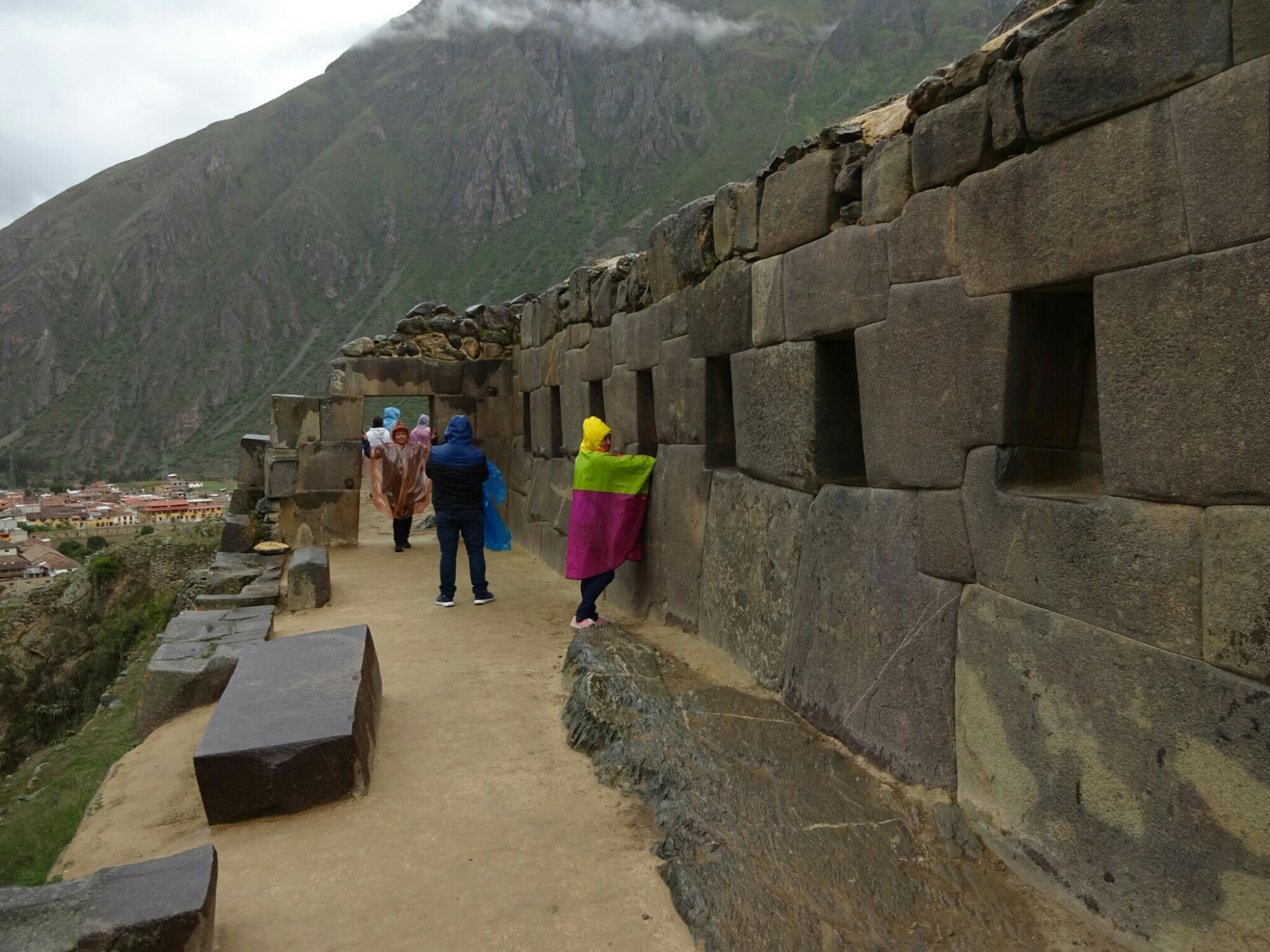
The last stop of our tour was Chinchero, a small village with more Inca ruins and an ancient Catholic church. However, the village is more known for its handicraft, as most inhabitants work in groups to make colorful ponchos, sweaters, scarfs, table runners and more. They also show, how they clean and split the raw alpaca wool. Afterwards, the yarn is colored with different materials, all natural and organic. The only remaining question is, how they can produce so much that the whole country is full of places, where these textiles can be bought for cheap? The answer might be related to sheep wool, mechanical fabrication and China.


The next day we booked another tour to Moray. This is a huge terraced area, which was used by the Inca to experiment with different fruits and vegetables to adapt them to the height of the Andes. They managed to create a micro-climate, where each terrace had an average temperature difference of about 0.5° C to the next terrace. And it gets even better, because the ground works as a natural filter and prevents the basin from getting flooded during the rainy season.

The other destination of that tour were the salt mines of Maras. Here, a mineral-rich stream is diverted over hundreds of basins, where the water slowly evaporates, leaving the salt behind. They have been used since pre-Inca times and have been extended several times since then.



